Lakshya
Nighttime Dehaze-Enhancement
Oct 18, 2022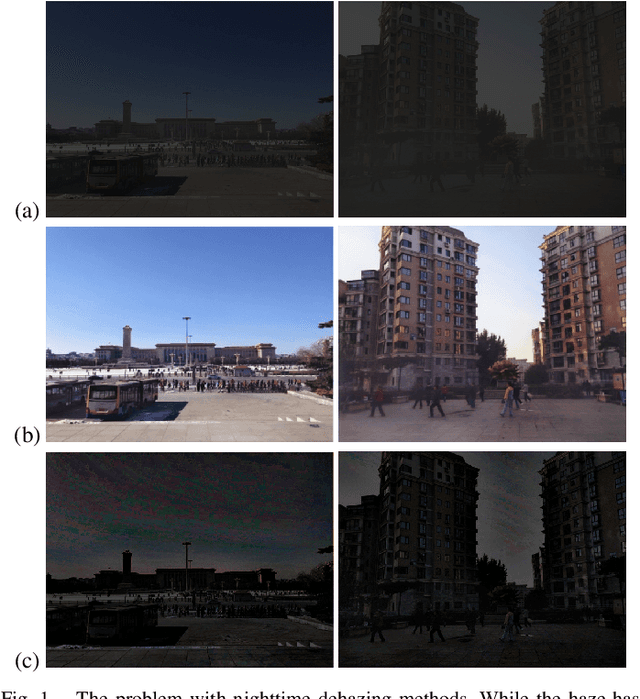

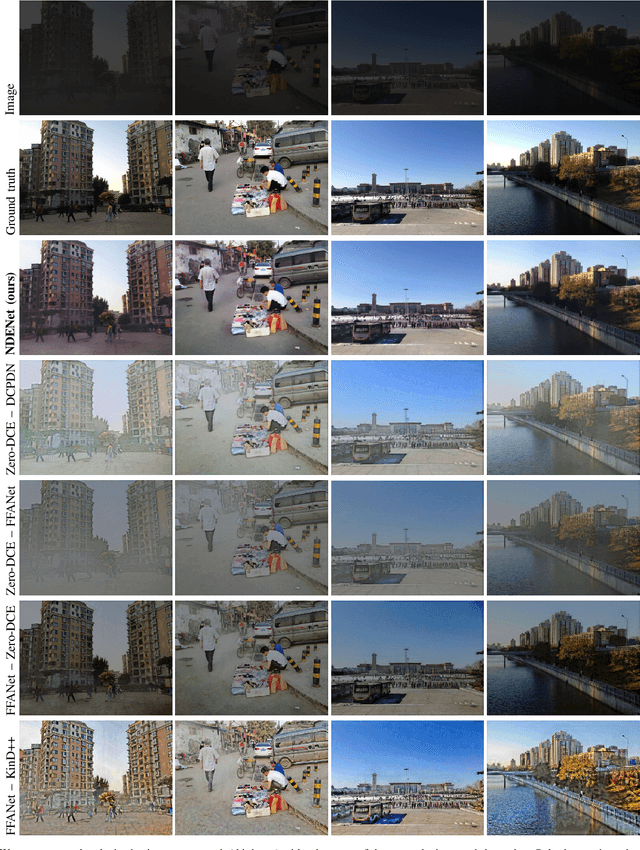
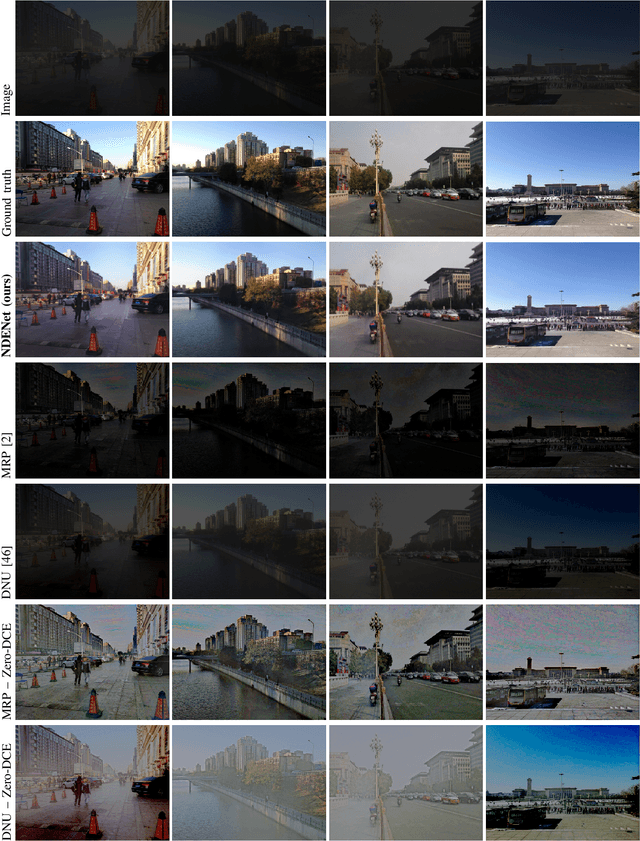
Abstract:In this paper, we introduce a new computer vision task called nighttime dehaze-enhancement. This task aims to jointly perform dehazing and lightness enhancement. Our task fundamentally differs from nighttime dehazing -- our goal is to jointly dehaze and enhance scenes, while nighttime dehazing aims to dehaze scenes under a nighttime setting. In order to facilitate further research on this task, we release a new benchmark dataset called Reside-$\beta$ Night dataset, consisting of 4122 nighttime hazed images from 2061 scenes and 2061 ground truth images. Moreover, we also propose a new network called NDENet (Nighttime Dehaze-Enhancement Network), which jointly performs dehazing and low-light enhancement in an end-to-end manner. We evaluate our method on the proposed benchmark and achieve SSIM of 0.8962 and PSNR of 26.25. We also compare our network with other baseline networks on our benchmark to demonstrate the effectiveness of our approach. We believe that nighttime dehaze-enhancement is an essential task particularly for autonomous navigation applications, and hope that our work will open up new frontiers in research. Our dataset and code will be made publicly available upon acceptance of our paper.
Dropout can Simulate Exponential Number of Models for Sample Selection Techniques
Feb 26, 2022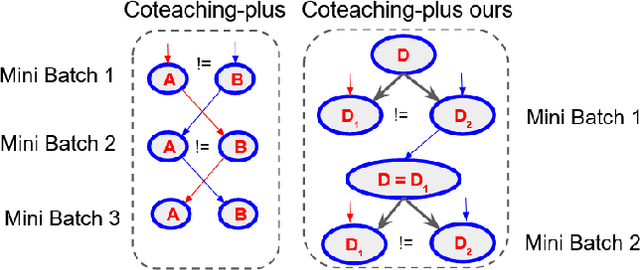
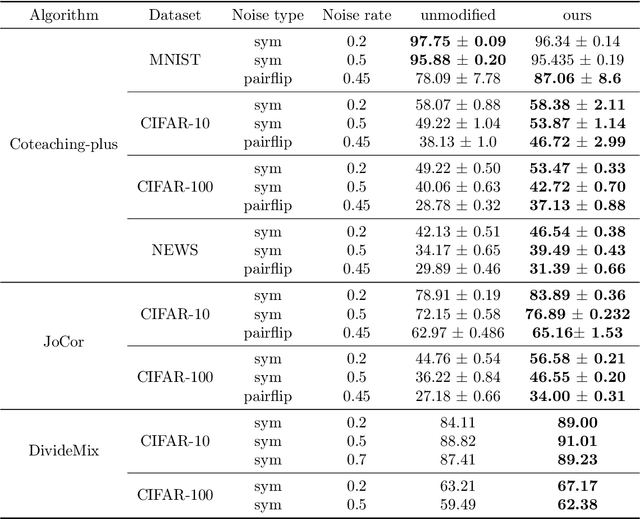

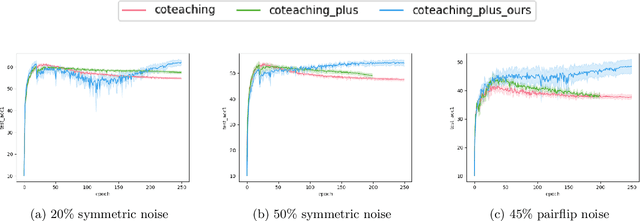
Abstract:Following Coteaching, generally in the literature, two models are used in sample selection based approaches for training with noisy labels. Meanwhile, it is also well known that Dropout when present in a network trains an ensemble of sub-networks. We show how to leverage this property of Dropout to train an exponential number of shared models, by training a single model with Dropout. We show how we can modify existing two model-based sample selection methodologies to use an exponential number of shared models. Not only is it more convenient to use a single model with Dropout, but this approach also combines the natural benefits of Dropout with that of training an exponential number of models, leading to improved results.
 Add to Chrome
Add to Chrome Add to Firefox
Add to Firefox Add to Edge
Add to Edge